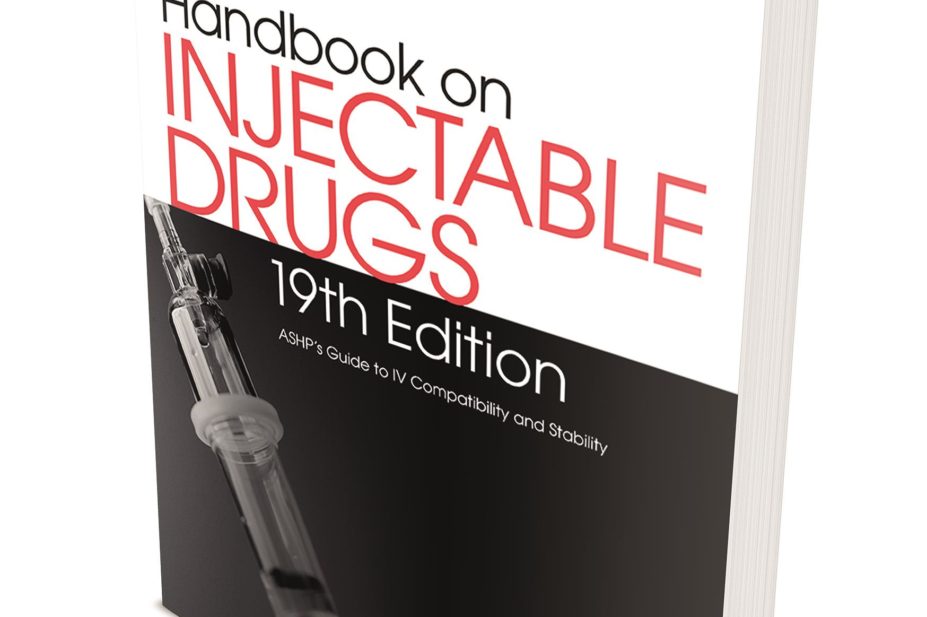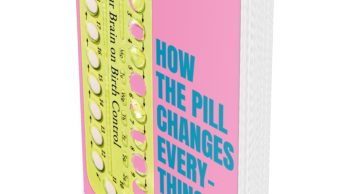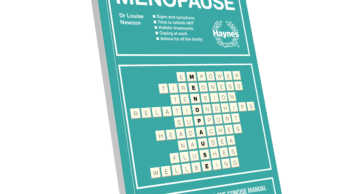
This book is justified in being described as the “gold standard” for information on injectable drugs and it is widely used by pharmacists and other healthcare professionals across the world. No other reference source examines parenteral drug stability and compatibility in such detail. Information is gathered from published literature on the pharmaceutics of parenteral medicines as applied to the clinical setting.
The 19th edition brings together, in 365 monographs, information on injectable drugs available commercially in the United States and other countries. A total of 27 new monographs have been added to this edition and over 300 monographs have been revised and updated. The sources are accumulated from more than 3,100 references, including 235 new to the 19th edition. Although primary peer-reviewed literature remains the major source of information on stability and compatibility, information from pharmaceutics research carried out by the pharmaceutical industry has also been incorporated.
Drug monographs are organised alphabetically by non-proprietary name. The names of the drugs follow the style of the USP Dictionary of Drug Names. American Hospital Formulary Service Drug Information reference codes are conveniently located at the top of each monograph to refer the reader to more detailed information. The monographs are divided into the following subheadings: products, administration, stability, compatibility and other information. The tables of compatibility for the subject drug in infusion solutions and with other drugs in admixtures, syringes and during simultaneous administration through manifolds and Y-sites are arranged by category. The section on “products” lists the sizes, strengths, volumes and pharmaceutical forms along with the other components of the formulation and instructions for reconstitution. The pH and the osmotic value of the resultant solutions are also presented, along with miscellaneous information such as sodium content.
In addition to the print format, this title is also available as an online version and as an app for iOS and Android devices. The interactive formats feature search functions that allow users to check an unlimited number of medicines for two-drug combination compatibility. They also offer quarterly updates, US Food and Drug Administration MedWatch alerts and wall chart views of compatibility results. Pharmacists have long complained that the expiry times supplied by the manufacturers for reconstituted injections are conservative and, in many cases, research shows that longer expiry times are feasible. A particularly useful feature of the online version is that it has gathered together much of this information for both parenteral drugs and nutritional solutions.
The aim of this book has remained unchanged over the past 40 years. It is an essential reference source for all professionals involved in the preparation or clinical use of injectable drugs. The 19th edition follows in the footsteps of all previous editions.
Laurence A Goldberg
References
Handbook on injectable drugs 19th edition, Editor-in-chief Gerald K McEvoy. Pp xiv +1353. Price $380. Maryland: American Society of Health-System Pharmacists; 2016. ISBN 978 1 58528 559 4


